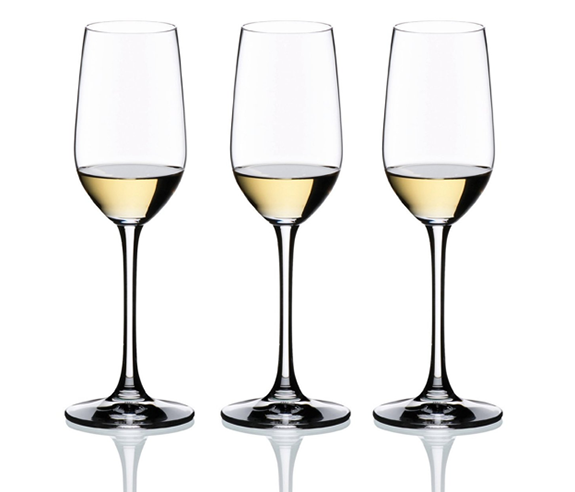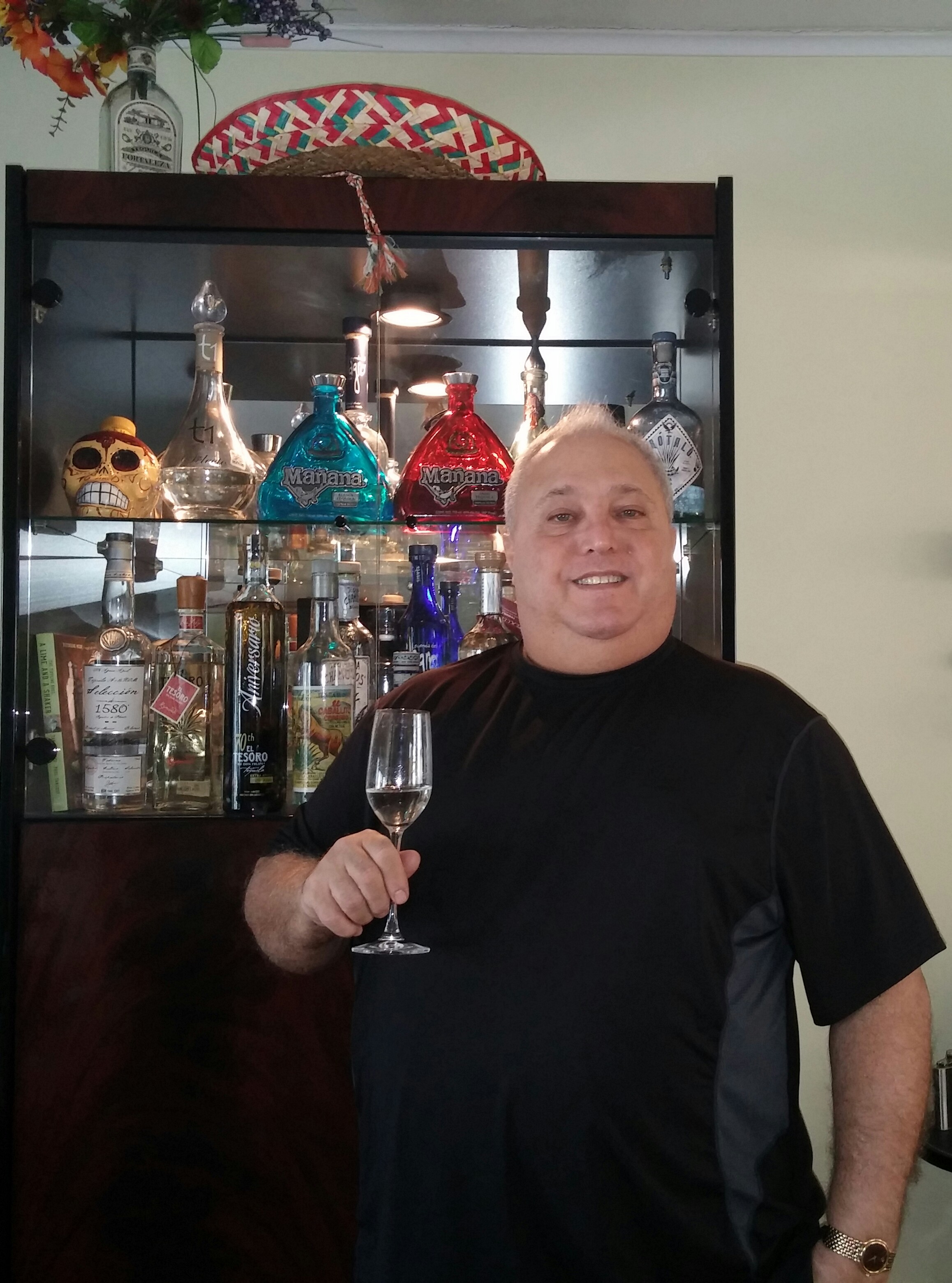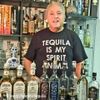Tequila facts for Newbies

#1- 'Tequila' has TWO 'Categories'. One is Junk, called 'Mixto'- like Jose Cuervo Especial Tequila, or Sauza Silver or Gold and has only 51% blue Weber agave and is otherwise filled with crap to give you a headache, so NEVER drink it. No reason anymore (if ever) as prices for decent 100% agave are pennies more, if that. If it doesn't say "100% blue Agave" on the label- DON'T BUY IT.... Amen- so end of that.
#2- 100% Agave has FIVE 'Classes', referred to as 'Expressions' or 'Types':
Blanco- ... (also called- white, clear, silver, plata, suave, etc. Basically, if it's clear and unaged....it's BLANCO. It can be legally 'rested' temporarily, but has no color, and is usually bottled right after distillation. Blanco is pure, unadulterated, juice from the agave plant, and is the essence the agave. If a brand's blanco is good, the rest 'should' be as well, but if the blanco is horrible, chances are they will all be, and to make matters worse, they will 'try' to improve the imperfections by aging and using colorings and additives. This you do NOT want, so start with a reputable, quality brand. Learn the good brands. SEE My Top Quality Brands HERE- GHOST_URL/what-brands-to-buy/#.WOdcCvkrK70
Joven (Gold)- ... The most popular type of 'Gold' is a blanco Tequila and not aged, but filled with colorants and flavorings, such as caramel coloring, oak tree extracts, glycerin, or sugar syrup, to make a darker and richer color. These tequilas are often called Joven, Gold, Abocado or Suave, implying youth and smoothness. It's almost always done as a Mixto, but UNFORTUNATELY it can also be made from 100% agave. It's usually garbage and can get confusing, which is why I and others, stay away from this expression. Besides the Mixto colored junk, the word young or smooth, describing Joven and Suave, is also used to describe a 100% agave tequila that after distillation, has been allowed to settle and finish for a few weeks, or up to two months in the tanks (including oak) before bottling, giving it a slight tint. This type of Gold or Joven can be a blending of 100% agave blanco tequila with aged or extra-aged tequila or not, but these are often overpriced and simply not my thing, and there are only a few brands that produce a Gold or Joven Tequila that is 100% Agave. Casa Noble makes one of these, a high proof 'aged' 6 wks in oak, not expensive and is very good, but this may be the exception. Other than that, I don't bother with this class of tequila.
Reposado- ... is slightly aged, although it's technically 'rested', hence the word Reposado. It is 'rested' in oak barrels for 2 months to 1 day less of a year, as a Mexican government requirement. Usually American oak or french oak are used, and often are used Jack Daniels or Jim Bean Whiskey barrels. 'Repo' will have a light tan/brown color, will usually be smoother, woody, and more flavorful to drink, than blanco. If you thought blanco was too rough and had no flavor, or was too strong for you- try Reposado.
Añejo- ... meaning 'vintage', is aged longer in oak barrels having a maximum capacity of 600 liters, for at a minimum of one year to one day less of 3 years, also a requirement of the Mexican government. Usually American whiskey barrels, french oak casks, or cognac barrels, are used. This produces an even more flavorful, darker, more complex and a smoother, woodier, and some say whiskey/bourbon taste over Reposados, along with some remaining sweet agave notes. As with Reposados, these flavors should come from the barrel, unless a brand is using additives which are only allowed in small amounts. It should have a certain amount of sweetness, vanilla and caramel, but not too much.
Extra Anejo- ... is the newest classification of tequila (2005). Utra-aged or Extra Añejo tequila has been aged for a period of at least three years, and can be much longer. Again, with a maximum capacity of 600 liter barrels by regulations, XA's would have a more silky, complex, bold, profile, with aromas and flavors such as honey, leather, chocolate, vanilla, caramel, butterscotch, fruit etc. Most of the Agave notes are gone, especially if it's aged beyond 3 years, and although the combination of aromas and flavors can be powerful, from being together for that long in a sealed barrel, it will be an easy sipping, whiskey/bourbon/cognac-like smooth tasty treat. These are not cheap.
For more information on barrel aging and additives/ coloring- SEE HERE- GHOST_URL/aging-process-of-tequila/#.WR2rfesrLAU
#3- ... Tequila can ONLY be called 'Tequila' if it's made in the "Appellation of Origin" (AOO), meaning a certain area in Mexico, primarily in the state of Jalisco, but it can also be made in small areas of 4 other neighboring states. The AOO is a special area known and respected worldwide as the ONLY place, a product can come from, like "Champagne" from that area in France or "Port" in that area in Portugal etc. EVERYTHING about 100% Tequila, must be done mainly in this area of Jalisco State- ie: the growing, the processing, aging, bottling.....all of it.
#4- ... There are two main regions where tequila is produced- what is known as the 'Highlands'- properly called 'Los Altos' and the 'Lowlands' called 'El Valle'. There are differences in the taste profiles from these different terroirs. SEE HERE- GHOST_URL/tequila-regions/#.WO3z0fkrK70
#5- ... There IS actually a town called Tequila, founded in 1730 and known as the birthplace of tequila. The people there, call it 'Tequila Town'.
#6- ... Tequila can ONLY be made from the one specific agave plant- (OUT OF OVER 200 TYPES)- called 'Agave Tequilana Weber Blue Agave'. It take 6-10 years, and sometimes up to 12 years to mature, and it's in the Lily family, NOT a cactus. They are grown from 'hijuelos' (baby off spring) which are the little roots they cut, after 3-4 years from the base of the mother plant. They are planted to produce a clone of the mother plant. They have to be sure the plant looks healthy before cloning another. The counsel to regulate Tequila (CRT) keeps close track of EVERY agave plant planted and notes when it is harvested. SEE HERE- GHOST_URL/history-of-blue-agave/#.WO30BfkrK70
#7- ...Use proper Glassware while "SIPPING" Tequila and that's WITHOUT salt or lime... it's sipping at room temperature... NEAT. This is how to properly drink tequila and under 'most' circumstances, use a Riedel Tequila Glass. SEE HERE- https://www.youtube.com/watch?v=DLdFObEkKns&t=1s
#8- ... To know where a Tequila was made (SORT OF) see the 'NOM' on EVERY bottle. This 'supposedly' tells you where this was made. There is plenty of funny stuff that can go on, like legally buying 'juice' (tequila) from an inferior or cheaper distillery, and bringing it to yours, where you can bottle, label and call it your own with YOUR NOM. I know it's BS, but it's legal. Find a NOM list and see where that distillery is located, what other brands are made there (helpful Info), and hopefully how it was made. This is important and known as the 'production procedure'. NEVER BUY DIFFUSER MADE TEQUILA!!... That's another lesson, which you can learn about HERE- GHOST_URL/pina/#.WO31VvkrK70
I highly recommend downloading the mobile App- called Tequila MatchMaker, which tells you the NOM info or brand info, has comments and more- HERE-http://tequilamatchmaker.com/. So here's a simple thing to do- LEARN from reliable sources, like here on Long Island Lou Tequila or other reputable sources about brands, and ONLY buy quality brands.
OK that's is enough learning for today, now let's drink tequila .....'er I mean sip.

You want have some fun and learn about what you like?
Start off doing what is called a vertical flight- meaning 3 different expressions from the same brand. I usually start newbies off with Casa Noble, Avion, Cabo Wabo, Patron or something else that most stores carry. I find new people to tequila often find the blanco too rough and not enjoyable as a sipper. They feel it's just good for mixing, but I totally I disagree. They are just not ready for it, and hopefully will give it another chance, another time. Even so, I notice most people go towards the Reposado as the type that they like, especially in the beginning for sipping, or if they are whiskey/bourbon or cognac drinkers, may slide right up to the anejos. Hey.... whatever turns you on.
Learn the proper way to drink tequila... NEAT in the Riedel glass, agitating it (swirling), observing it, smelling aromas, properly tasting and enjoying. This is known as the FOUR S's.
1- SWIRL/SEE.... 2- SMELL.... 3- SIP.... 4- SWALLOW/SAVOR. Since you are likely just starting out, find 3 similar champagne flutes or wine glasses, that hopefully have a wide bowl area, but taper in at the top. Pour a small even amount in the 3 glasses and try them all. Use the 4 steps above, and notice what you taste. The next time do this with different tequilas like Fortaleza, Terralta, Pasote, G4, Tapatio, Alquinia, T1 or Siete Leguas. Taking notes definitely helps you learn, by remembering what you tasted, and liked about each one, or didn't like. it's part of the fun and necessary.
What are your favorite expressions?... and why?
SEE OTHER GREAT EDUCATIONAL ARTICLES and HONEST TEQUILA REVIEWS along with REAL TOP TEQUILA LISTS- HERE ON- LONG ISLAND LOU TEQUILA - SEE all the tabs above, and PLEASE LIKE on Facebook- https://www.facebook.com/Long-Island-Lou-Tequila-641682619241422

